Embark on an extraordinary adventure with the Sardine Run: Your ultimate guide to this mesmerizing phenomenon!
Every year, from May to July, witness the breathtaking spectacle as immense shoals of sardines embark on a remarkable journey. Originating from the temperate waters off South Africa’s southern coast, these silvery travelers make their way northeast into the sub-tropical coastal waters of the Wild Coast. Get ready for a captivating exploration of nature’s grandeur!
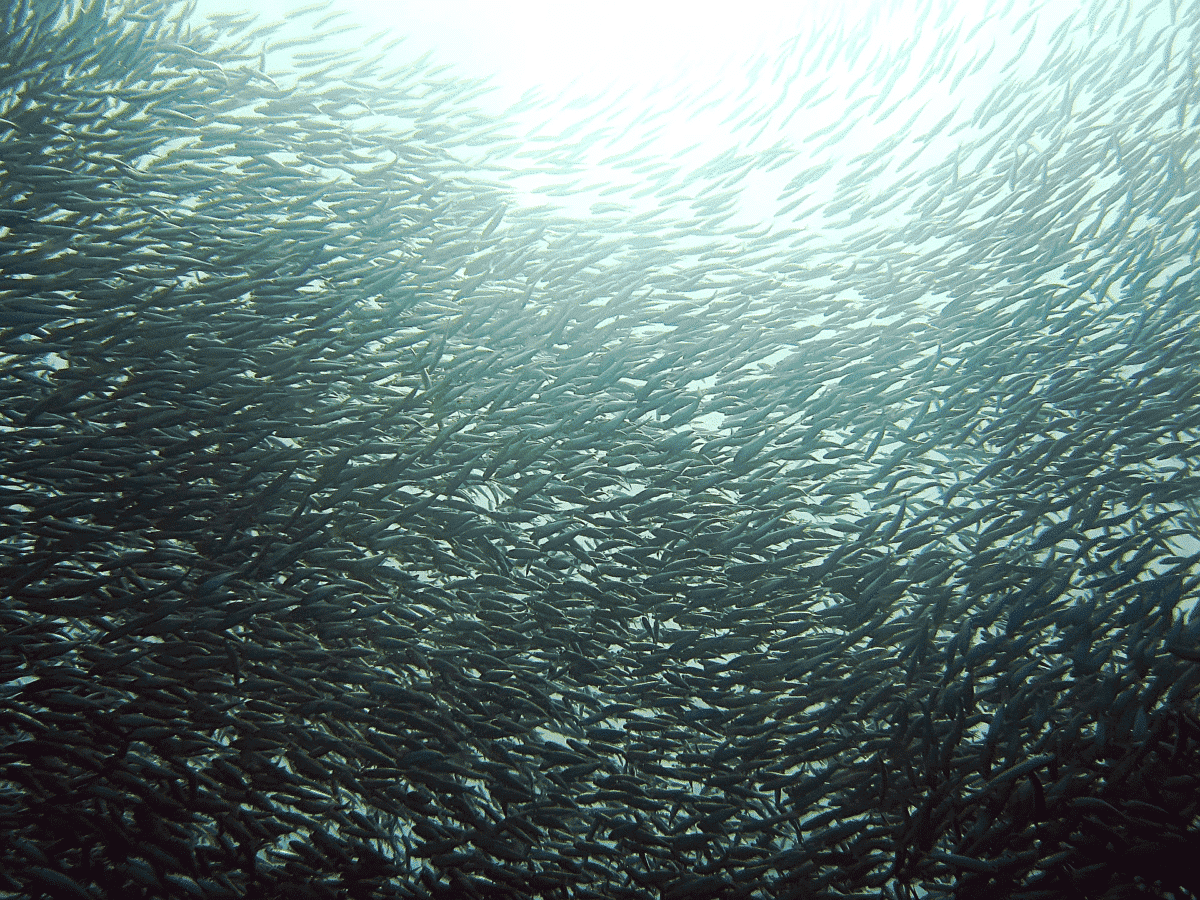
If you want to learn more about the African continent, read our article on reasons to visit Africa.
You can read the entire article or jump to any section:
Key Points
| Topic | Description |
|---|---|
| What is the Sardine Run? | One of the largest marine-life migrations on Earth; billions of sardines migrate northwards along the eastern coast of South Africa. |
| Ecology | Poorly understood, but believed to be a seasonal reproductive migration of genetically distinct sardine population. |
| Where does it occur? | Along the eastern coast of South Africa, from Agulhas Bank to Mozambique. |
| Shoals and Bait Balls | Sardines travel in massive shoals to minimize risk; predators form bait balls to concentrate and feed on them. |
| Animals of the Sardine Run | Sardines, Common dolphin, Cape gannet, Cape fur seals, Blacktip shark, Dusky shark, Bryde’s whale, Humpback whale, among others. |
| When and where to experience it? | Between May and August; best places along the Wild Coast (e.g., Coffee Bay, Port St. Johns, Mboyti). |
| How to be part of it? | Dive operators offer responsible Sardine Run expeditions; visitors can join them for a chance to witness the event. |
| Online Viewing | Documentary films have been produced on the Sardine Run, providing virtual experiences of the spectacle. |
What is the Sardine Run?
The Sardine Run along the South African coast is one of the largest marine-life migrations on earth. Here’s all you need to know about this extraordinary event.
Ecology
The sardine run is still poorly understood from an ecological point of view. A recent interpretation is that the Sardine Run is a seasonal reproductive migration of a genetically distinct population of sardines.
We know their passage has a great deal to do with the cold currents stretching along the Wild Coast of South Africa, for these currents produce a great deal of plankton – a significant food source for sardines.
Where does the Sardine Run occur?
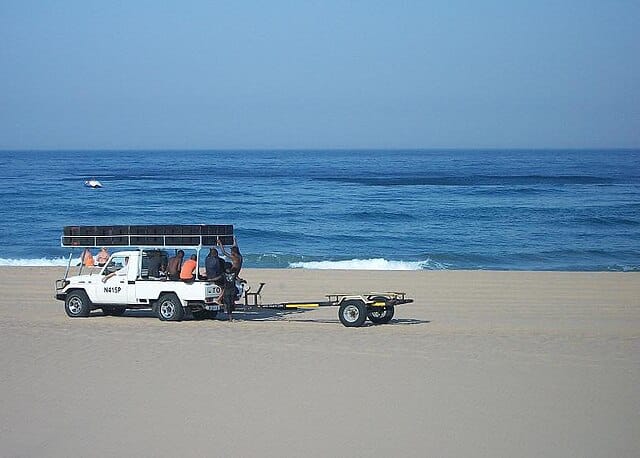
Sardines mate and spawn on the Agulhas banks off the southern Cape coast, and their fertilized eggs are left to float on the waters of the open sea, where they are carried northwest. Once the hatched sardines are strong enough to swim against the current, they collect in huge shoals and slowly return to their spawning grounds.
A small group annually makes it’s way east up the Wild Coast in what we know as the Sardine Run. They take advantage of an excellent water current on the continental shelf of the east coast. This cool water is seasonal and happens only as a thin strip between the coast and the warm Agulhas Current.
If the current doesn’t occur, the sardines don’t run. This is why the Sardine Run did not occur in 2013 and 2014.
Shoals and bait balls
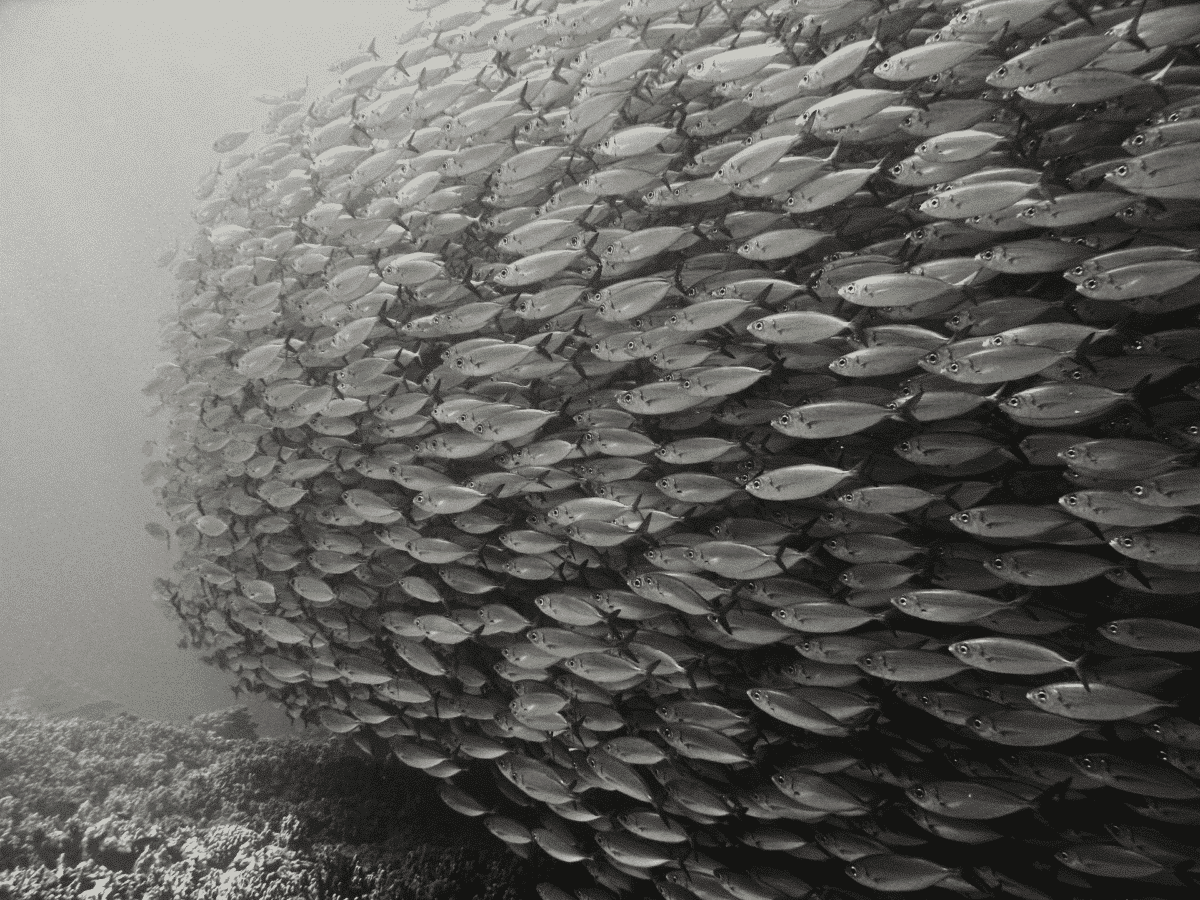
The sardines converge and travel in huge shoals to minimize their risk of being eaten. They travel in groups of thousands at a time remaining close to the surface of the ocean and close to the shoreline for much of their passage.
This results in what is commonly termed The Greatest Shoal on Earth. The sardine shoals are often more than 7 km long, 1.5 km wide, and 30 meters deep. These shoals are visible from spotter planes or the surface.
As a result, they become targets for predators – birds, larger fish, sharks, whales, and dolphins – all join in the feeding frenzy. The appearance of common dolphins along the KwaZulu-Natal south coast is an indicator.
Sardines are super sensitive fish — any movement in the shoal sets off a chain reaction among them. This sensitivity is a tool for predators—they use it to herd the fish into tight groups. Dolphins even help out by blowing bubbles to gather the fish closer before diving in for a meal. Sharks and Cape gannets also join the feast, taking advantage as the fish start to slow down due to decreasing oxygen levels in the water, making them an easy catch.
Animals of the Sardine run
You didn’t think this would be about sardines, did you?
The number of sardines creates a feeding frenzy along the coastline. The run, containing millions of individual sardines, attracts a diverse array of marine predators.
And when predator meets prey, a feeding event of unmatched proportions begins!
Sardines (Sardinops sagax)
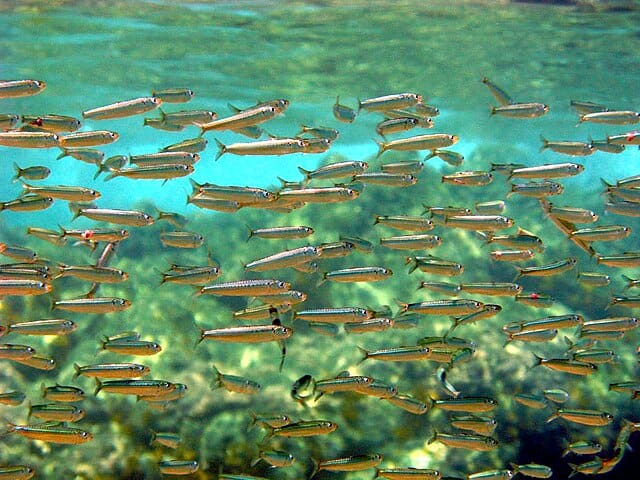
Sardines are small epipelagic (shallow water) fish that sometimes migrate along the coast in large schools. They are important forage fish for more prominent forms of marine life.
“Sardine” and “pilchard” are common names used to refer to various small, oily fish within the herring family. But these terms are not precise, and what is meant depends on the region.
For example, one UK Fish Industry Authority classifies sardines as young pilchards. Another suggests that any fish shorter than 15 cm (6 in) in length are sardines, and larger fish are pilchards. A Codex standard for canned sardines cites 21 species that may be sardines. In contrast, FishBase calls at least six species “pilchard”, over a dozen just “sardine”, and many more with the two primary names qualified by various adjectives.
Sardines are commercially fished for a variety of uses: for bait; for immediate consumption; for drying, salting, or smoking; and reduction into fish meal or oil. The chief use of sardines is for human consumption, but the fish meal is used as animal feed, while sardine oil has many uses, including the manufacture of paint, varnish, and linoleum.
Common dolphin (Delphinus capensis)
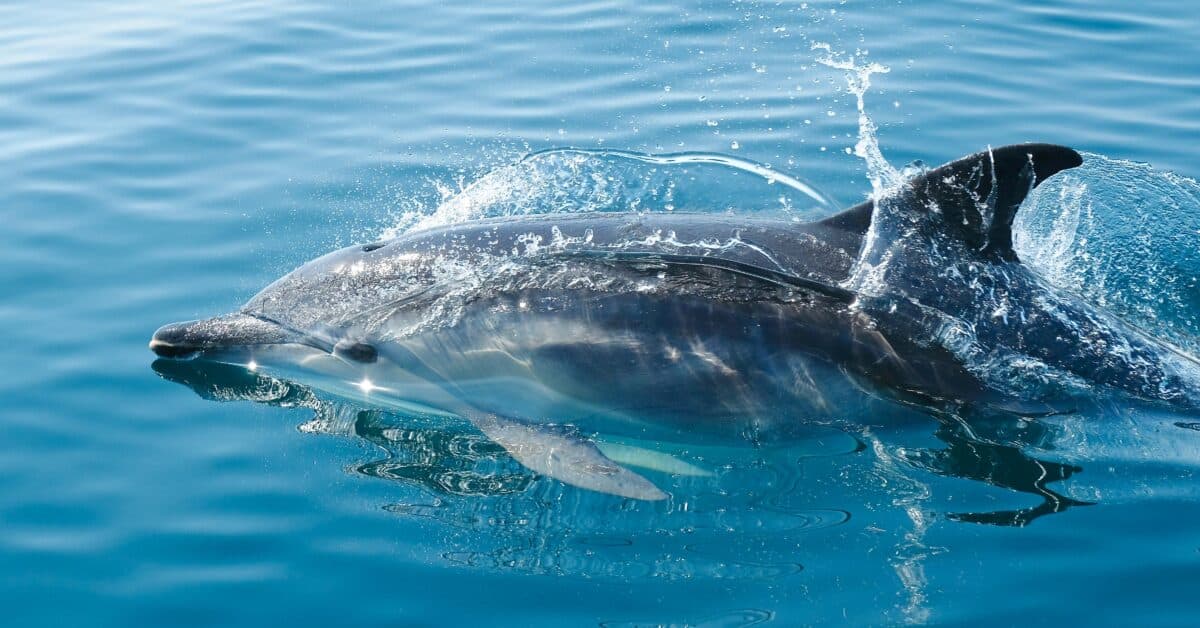
Image by Joe Boyne via Pexels
Named for their abundance, the Common dolphin ranks among the most prevalent worldwide, inhabiting tropical and warm temperate waters. Orcas and various sharks prey on them, and human-induced threats like pollution, toxins, and fishing activities pose additional risks.
In South Africa, the Common dolphin plays a crucial role in the annual Sardine Run, serving as a primary predator of sardines and baitfish. Their active herding creates tight bait balls, facilitating feeding for all predators during this natural spectacle. Utilizing cooperative herding and bubble netting, the dolphins skillfully drive sardines to the surface, forming these captivating ‘bait balls.’
Once a bait ball has formed, dolphins will swim through the bait ball, picking out individual fish to feed on. Other opportunistic predators, such as sharks, gannets, fur seals, and whales, will also utilize these bait balls for an easy meal opportunity.
Experienced tour operators will frequently shadow the movements of common dolphin pods and wait for them to drive part of a sardine shoal to the surface. It is these dolphin-made bait balls that allow divers to view and witness the Sardine Run in South Africa
Cape gannet (Morus capensis)
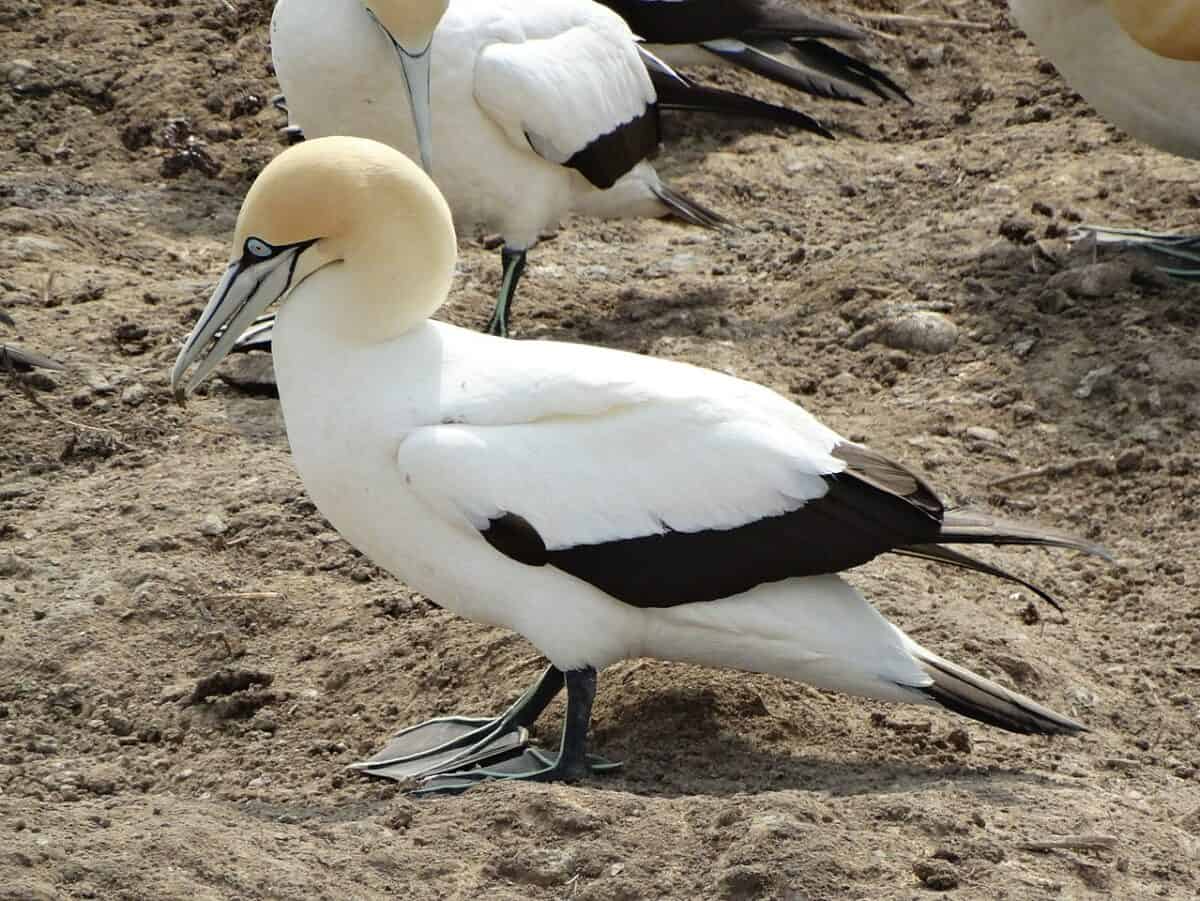
The Cape gannet is listed as vulnerable since it has a minimal breeding range on just six islands. Over-exploitation of its prey by human fisheries – compounded by pollution – is causing a continuous decline in the quality of surrounding water foraging.
This species is not strictly migratory, and most Cape gannets remain within 500km of their breeding site year-round. Some (mainly adult males) use the breeding grounds as roosting sites throughout the non-breeding season, while others disperse up to 3300 km from the breeding colonies. They are, however, strictly marine.
They nest on open ground and the cliffs of offshore islands. Usually silent at sea, rasping arrah arrah is the most common call at colonies.
Cape fur seals (Arctocephalus pusillus pusillus)
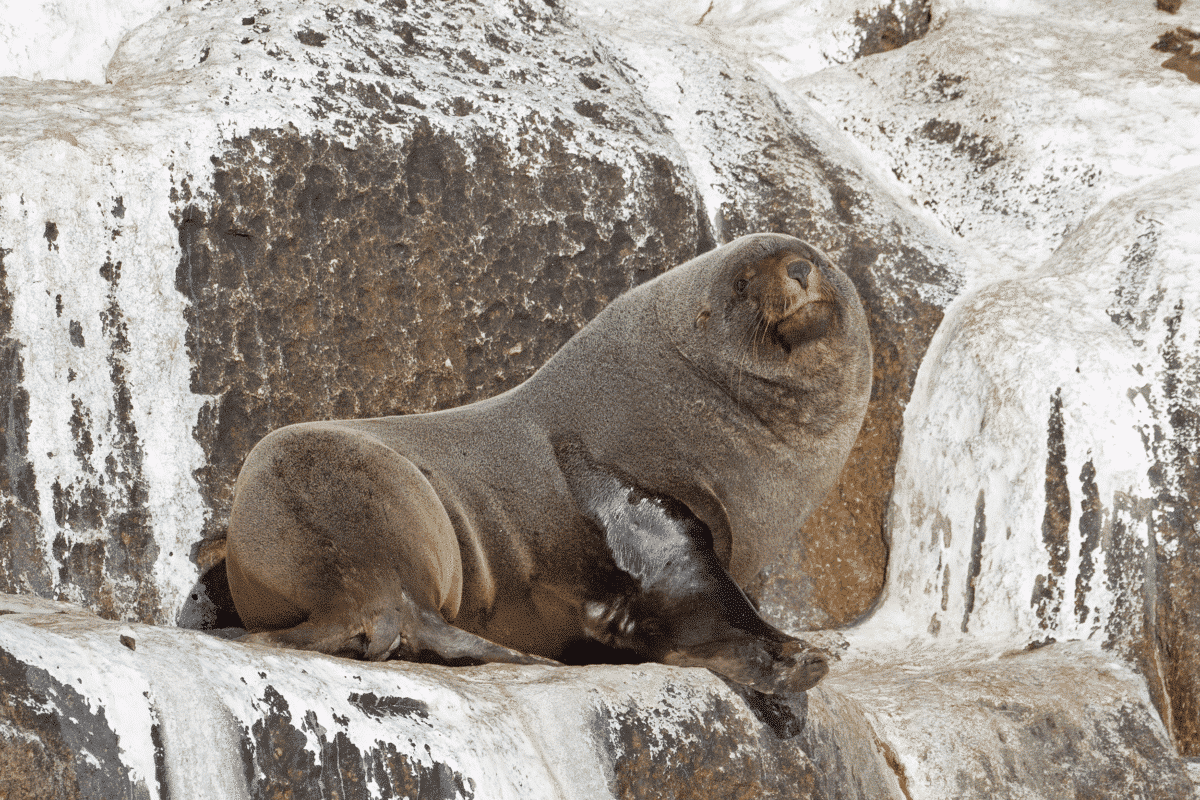
Cape fur seals belong to the eared seal family and are a sub-species of the Afro-Australian Fur seal. Cape fur seals typically reside on offshore islands or isolated beaches along South Africa and Namibia’s western and southern coasts.
Encounters of Cape fur seals in the annual sardine run are limited. Divers frequently encounter single fur seals that feed opportunistically on sardines alongside common dolphins and sharks. It is rare to encounter more than a single individual Cape fur seal.
These creatures are quite curious and sociable when they’re in the water. They’re known to hang out with scuba divers, swimming around them for a few minutes, even at depths of around 60 meters. But once they’re out of the water, they get a bit jittery and tend to get pretty stressed when people approach them.
The Cape fur seal’s main predator is the great white shark, although they are also preyed upon by various other animals, such as orcas.
South African fur seals have a very robust and healthy population. Harvesting of seals was outlawed in South Africa in 1990. If you are interested in a close up experience with these animals check out our article.
Swim with Seals and Sea Lions: Top 5 Destinations
Blacktip shark (Carcharhinus limbatus)
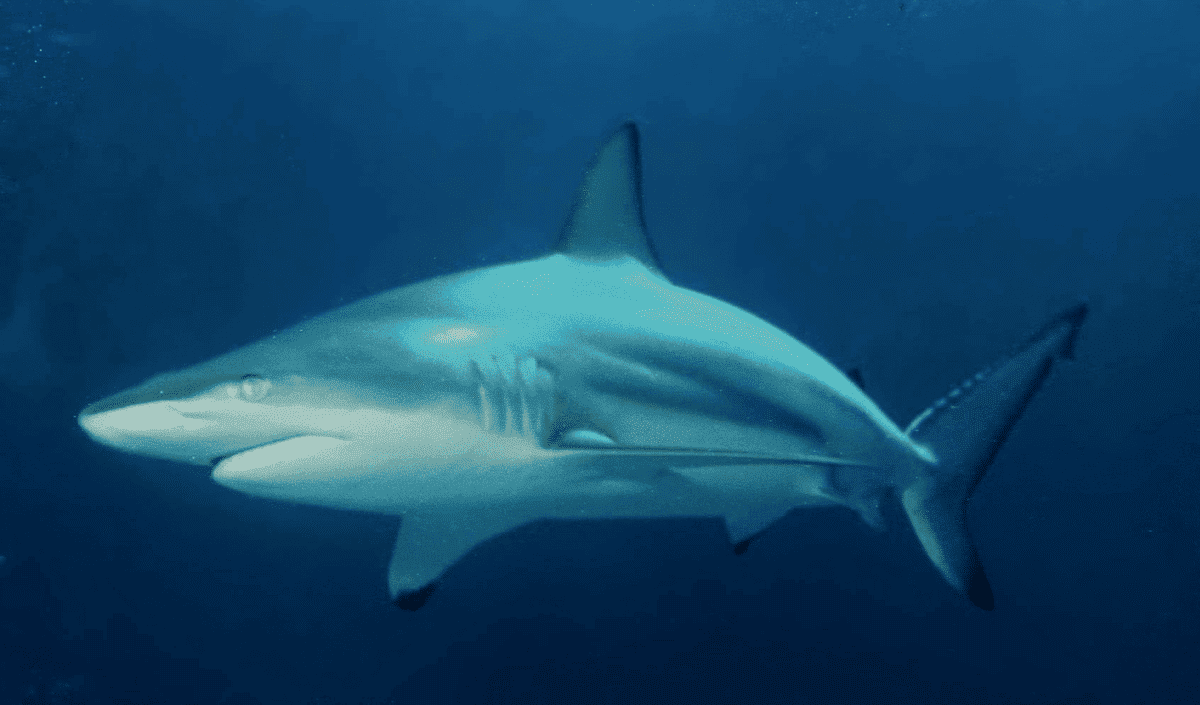
The blacktip shark is a species of requiem shark and part of the family Carcharhinidae. It is common to coastal tropical and subtropical waters worldwide, including brackish habitats. They are swift and energetic sharks.
Certain aerial maneuvers result from feeding patterns, involving a shark spiraling amidst clusters of tiny fish, propelling itself skyward.
In South Africa, divers and shoreline anglers regularly come across blacktip sharks. Amidst the sardine run, these sharks often prey on schools of sardines, anchovies, and various bait fish.
They usually pose little danger to divers. Divers have noticed blacktip sharks being curious but keeping their distance, which is usually pretty safe. These sharks are generally not seen as a big threat to humans—they’re pretty shy. But hey, when there’s food around, they might get a bit feisty. Their size and speed make them creatures you definitely want to treat with respect, though.
Dusky shark (Carcharhinus obscurus)
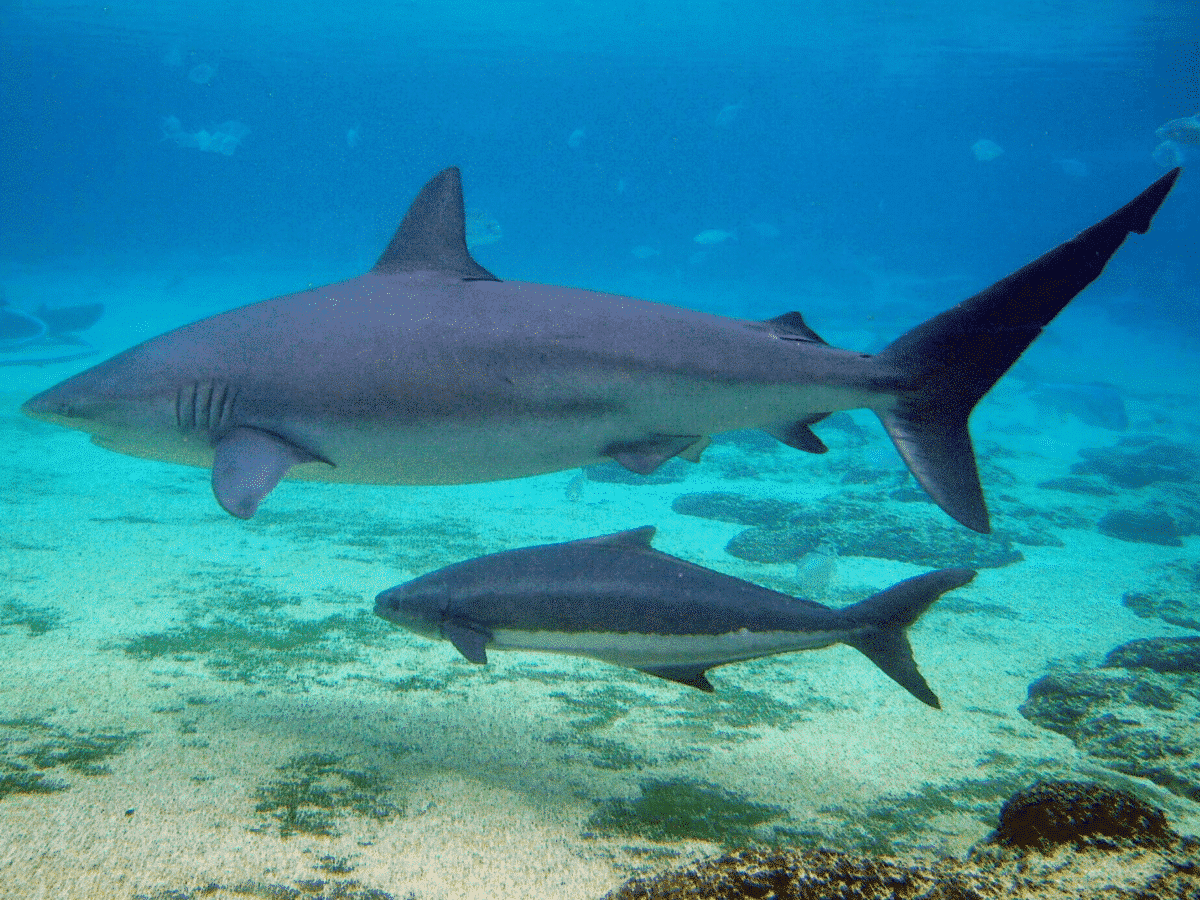
Engage with the incredible world of dusky sharks, renowned for their seasonal migrations driven by temperature changes! These long-distance swimmers exhibit diverse local patterns, often embarking on sea voyages exceeding 2,000 nautical miles. In summer, they head towards the Poles, only to return to the Equator in winter.
Despite their impressive longevity—surviving up to half a century—dusky sharks are slow to grow and reproduce. This, coupled with their territorial nature, puts small, isolated communities at risk of localized overfishing. Although commercial and recreational fishing for these sharks was prohibited in 2000, accidental catches on longlines and other fishing gear continue, resulting in high mortality rates. Furthermore, they remain targeted for shark fin soup in some regions, causing devastating consequences.
Amidst the excitement of the Sardine Run, witness large dusky sharks actively indulging in the feast of bait balls formed by sardines and other small fish. Distinguishable from blacktip sharks by their subtle coloration, relatively smaller dorsal fin, and the absence of distinctive black pigmentation on their pectoral and dorsal fin, dusky sharks bring a captivating element to the marine landscape.
Bryde’s whale (Balaenoptera brydei)
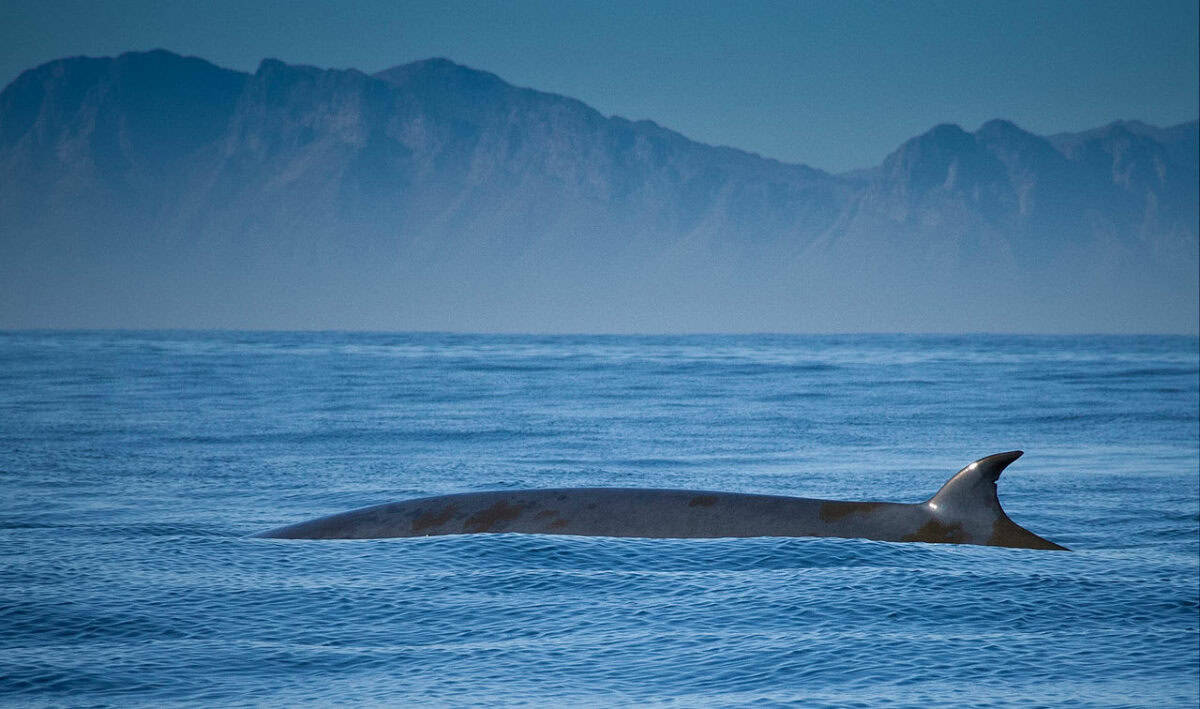
Named after Johan Bryde, who played a key role in constructing the first whaling factory in Durban, South Africa, in 1909, the Bryde’s whale is the sole baleen whale species that resides year-round in warmer waters near the equator.
Frequently observed during South Africa’s annual sardine run, the Bryde’s whale stands out as the only one known to feed on sardine bait balls. Lunging at shallow bait balls, these whales can engulf them entirely. Being a baleen whale, the Bryde’s Whale employs a massive water intake during a single lunge, capturing bait fish in the process. The whale then filters seawater through its baleen, retaining the captured fish.
For divers in the water, the presence of these colossal baleen whales can be intimidating. Lunge-feeding Bryde’s whales have been known to almost knock, and some claim “swallow,” humans as they engulf sardine bait balls.
They make sudden direction changes when feeding on the surface and underwater. Sometimes inquisitive, the Bryde’s whale can be seen approaching or swimming alongside boats.
This whale has an odd way of breathing—it usually shoots out around four to seven thin, misty sprays before taking a dive, which lasts for about two minutes. But, guess what? It’s totally capable of staying underwater even longer. These whales sometimes even blow or exhale while they’re still underwater. When they come up for air between dives, the Bryde’s whale doesn’t really show more than its head popping out of the water.
Humpback whale (Megaptera novaeangliae)
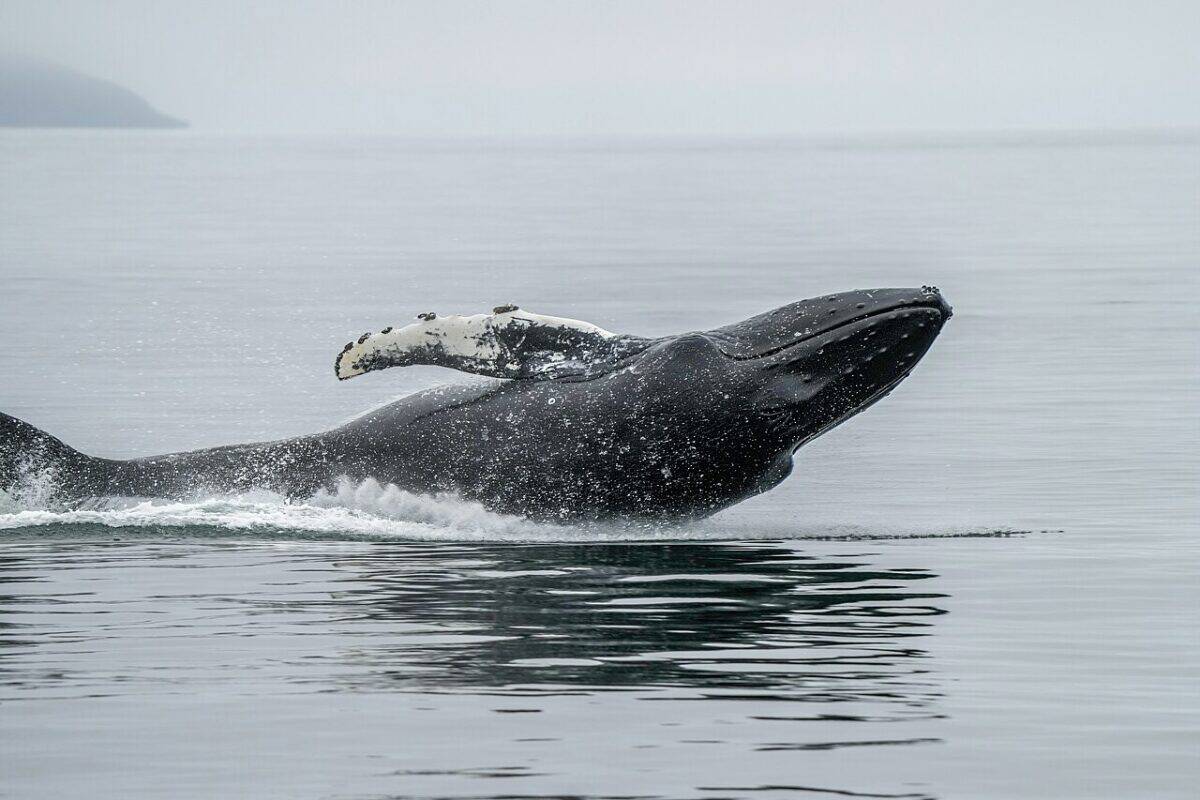
The Humpback whale is a common sighting for adventurers experiencing the sardine run. These frequent sightings lead many visitors to incorrectly believe that their presence is related to the Sardine Run, but they are there at the right time during their migration.
Every year, humpback whales make a migration from their summer feeding spots near the poles to warmer waters near the Equator for breeding during the winter. Despite having no ecological relationship to the sardine run, the humpback whale is a favourite to view on the Sardine Run.
Humpback whales belt out these intricate tunes—moans, howls, cries, and all sorts of sounds that can go on for hours. Scientists are digging into these melodies to figure out what they’re all about. It’s believed they use these songs to chat with other whales and maybe catch the ear of a potential partner.
Moms and their babies stick together while swimming, sharing these adorable moments of closeness by touching each other with their flippers. It’s like they’re showing love through those sweet gestures.
Humpback whales exhibit remarkable swimming prowess, employing their colossal tail fins, referred to as flukes, to propel themselves within the water, occasionally performing impressive breaches, leaping out of the ocean and generating substantial splashes upon re-entry.
Where and when can you experience the Sardine Run?
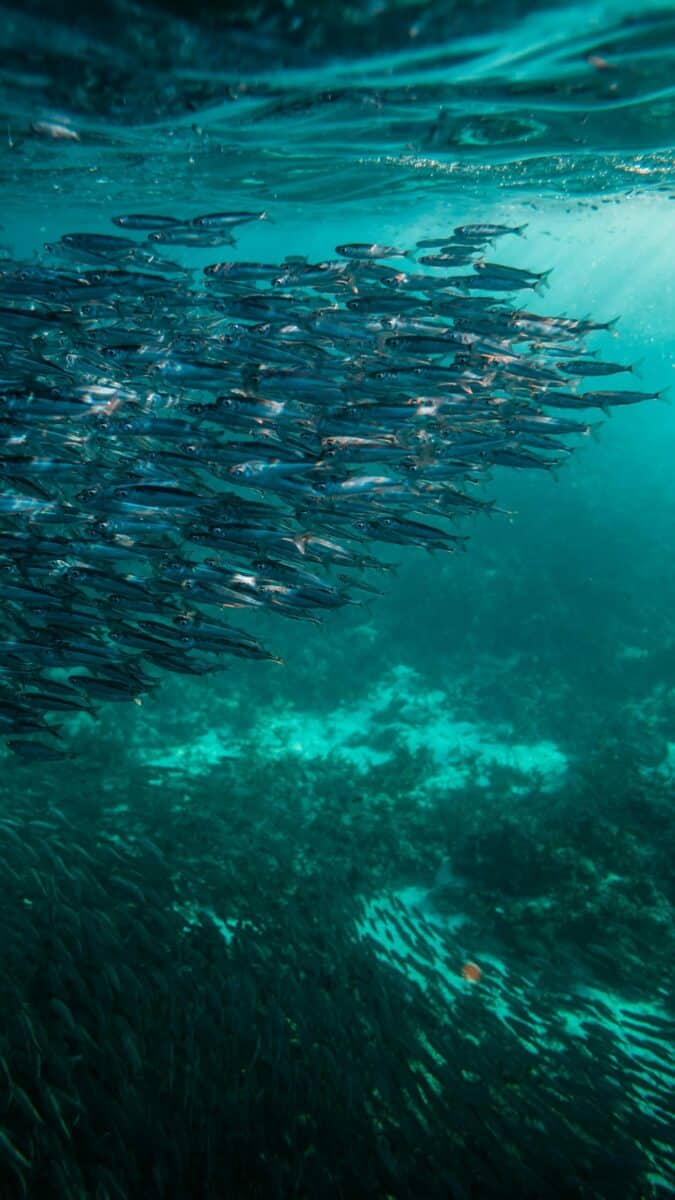
Every year between May and August, billions of sardines spawn in the calm waters of the Agulhas Bank and travel along the east coast of South Africa. They follow the cool Benguela current as it moves up the east coast of South Africa from Agulhas Bank to Mozambique.
The movement of currents and specific weather patterns causes this natural phenomenon. Therefore, it’s essential to know that there are no guarantees to see sardine bait balls. However, regular close-up encounters with sharks, dolphins, whales and seabirds make this a once-in-a-lifetime experience regardless.
Some days divers can spend more than 8 hours on the water, hoping to find a bait ball of sardines. The last few years have been quite active for sardines, and your chances are good for some great underwater action.
How can you be part of this incredible natural event?
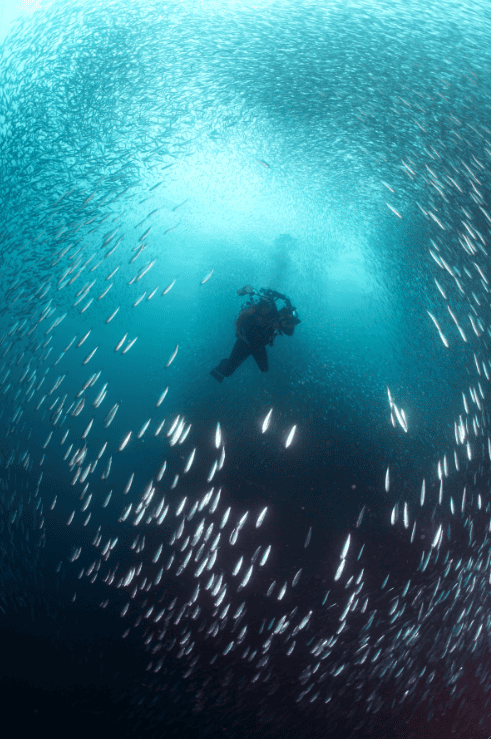
An old joke says: “If you want to experience the Sardine Run, you will be the one running.”
As any diver knows, specific marine life on a dive is not guaranteed. You can schedule your dives for specific sites and times of the year, but seeing what you came to see is never a sure thing. It is the same for the Sardine Run.
Dive centers in the area often work with aviation companies, fishing boats, and land-based observation centers to track and find the shoals. We have collected a list of top operators to contact if you want to witness this fantastic opportunity.
Can’t make it in person? Witness it online!
In the late 90′s, Blue Wilderness was instrumental in epic productions such as the Emmy Award-winning BBC film “The greatest shoal on Earth”.
Operators to contact:
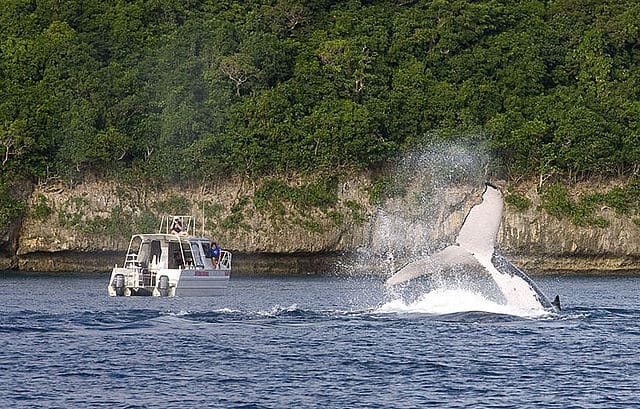
The Sardine Run is a fantastic experience — nothing quite like it.
Here is a list of operators are dedicated to running responsible Sardine Run expeditions if you want to witness this spectacular natural event first-hand:
1. African Dive Adventures
Don’t let life fly past you; join African Dive Adventures on the adventure of a lifetime and witness the Sardine Run!
Afridive Adventures offers the best Sardine Run Packages along the Wild Coast, making them our top choice if you want to witness this incredible natural event! Their base is in Coffee Bay, where the divers are accommodated in the lovely Ocean View Hotel.
Standard packages of 5 nights and four activity days at sea are offered. For groups, there are offers of tailor-made, longer packages or combinations of Sardine Run and Protea Banks.
2. PSJ and Pro Dive South Africa
Nadia Aly and Pro Dive South Africa run PSJ tours. Pro Dive South Africa has proudly been offering the Sardine Run experiences out of Port Saint John’s (PSJ) for over 21 years, working hard to put together the best experience of the Sardine Run in Port Saint John’s.
You should have good diving experience and skills for this expedition. These trips are not suitable for new divers.
3. Blue Wilderness
In the late 90s, Blue Wilderness pioneered diving expeditions to follow and film the Sardine Run.
Their team tracks the Sardine Run annually and develops new detection technologies, perfecting their observer networks and retrofitting ocean vessels to ensure the best experience of the world’s greatest marine event.
Adventurers joining Blue Wilderness for the Sardine Run are highly recommended to be SCUBA qualified. However, guests who are not qualified or prefer to dive free are still welcome. For free divers, we do insist that you do not move into a bait ball as this interferes negatively with aerial predators such as the Cape gannet.
4. ScubaCo
Whether you are a scuba diver or want to spend the day enjoying the sardine run action from the boat – ScubaCo Diving & Travel will make this possible.
They offer many packages and a “Build your own package” for Sardine Run 2020, should you have limited time in South Africa. This way, you can be sure not to miss the action!
Traveling down to the Transkei, ScubaCo Diving & Travel wouldn’t miss this yearly phenomenon for the world; you shouldn’t either!
5. Offshore Africa
Offshore Africa has been operating on the Wild Coast for many years and has extensive home-based knowledge.
Their strategic location allows them to provide an exciting and unforgettable adventure led by skilled Sardine Run specialists, including seasoned skippers and dive guides.
Their boat excursion promises an all-encompassing adventure suitable for both divers and non-divers alike. Whether you have a passion for nature, bird-watching, photography, or simply harbor a fascination for dolphins and whales, this experience is tailor-made for you.
It’s been compared to the famous “Wildebeest migration of the Serengeti” , but this time, it’s all about the sea—the marine version is called “The Greatest Shoal on Earth.”
6. Aliwal Dive Centre
Join Aliwal Dive Centre for an unforgettable fun-filled trip on the Sardine Run. They have over 20 years’ of experience on the Sardine Run, so they know their stuff!
Based in the scenic town of Port St Johns, where the boats launch out of the Umzimvubu river, Aliwal Dive Center prides itself on its extensive knowledge and experience of where to find the best Sardine Run action for its clients.
Summary on The Sardine Run: All you need to know
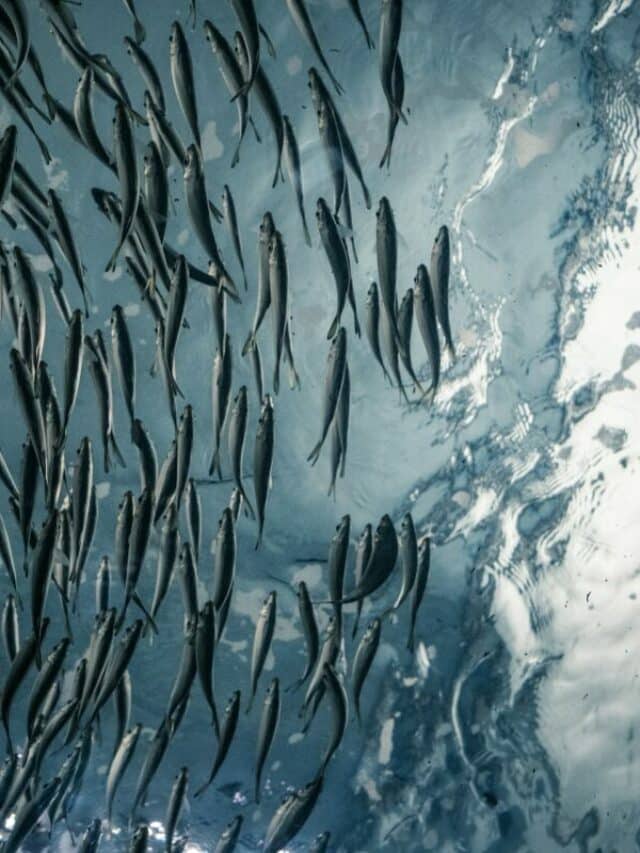
The Sardine Run, an incredible natural spectacle, involves the migration of billions of sardines as they track the cold water current from Agulhas Bank to Mozambique. This annual phenomenon serves as a magnet for a myriad of wildlife, including birds, dolphins, and sharks. Additionally, it synchronizes with the humpback whale migration, offering them an opportunistic feast.
Consider the Sardine Run as an oceanic safari, where a speedboat replaces the typical jeep, and the vast expanse of the ocean becomes your savanna.
It is the largest biomass migration on the planet – outweighing even the annual wildebeest migration in the Serengeti.
The best place to enjoy the Sardine Run is along the Wild Coast in South Africa. The sardine run can be tough to predict as a natural phenomenon relying on the complex interrelation of currents, weather, and animals. As a general rule – the action moves from up from the south, so if your dates are early (May to June), look around Port Elizabeth and East London. From June to July, look at Coffee Bay, Port St Johns, and Mboyti.
All listed Sardine Run operators are dedicated to running environmentally and socially responsible Sardine Run expeditions.
Frequently Asked Questions (FAQs)
The sardine run in South Africa typically occurs between May and July each year. During this period, massive shoals of sardines migrate along the eastern coast of South Africa, creating a spectacular marine event known as the “sardine run.”
The sardine run in South Africa is a natural phenomenon where billions of sardines (specifically, the Southern African pilchard, Sardinops sagax) migrate along the eastern coastline of the country. This massive migration involves various marine predators, such as dolphins, sharks, whales, birds, and other marine animals, which join in the feeding frenzy. The sardine run is considered one of the greatest marine spectacles on Earth and attracts tourists, wildlife enthusiasts, and researchers from around the world.
The sardine run can be observed along the eastern coast of South Africa, primarily in the province of KwaZulu-Natal. Some of the popular locations to witness this event include:
Durban
Port St. Johns
Coffee Bay
Port Elizabeth
East London
Join our Forum for free today!

- These US States Don’t Have Rattlesnakes in the Wild - July 18, 2024
- Prettiest State Parks in the US - July 13, 2024
- 6 Most Leech-Infested Lakes In The US - May 31, 2024

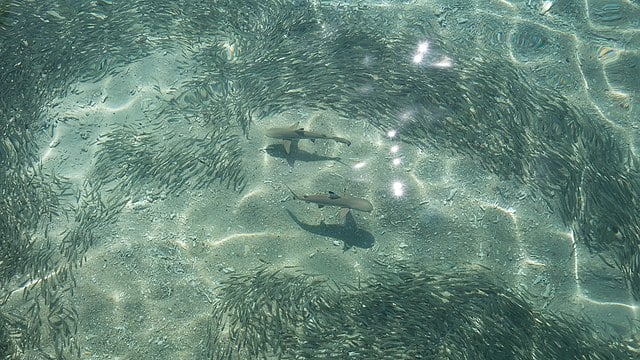


Ashleigh Heath
Wednesday 8th of July 2020
This article has made me realise just how little I know about the ocean right here in my home town. Very interesting! Especially that the humpback whale just happens to be in the area.